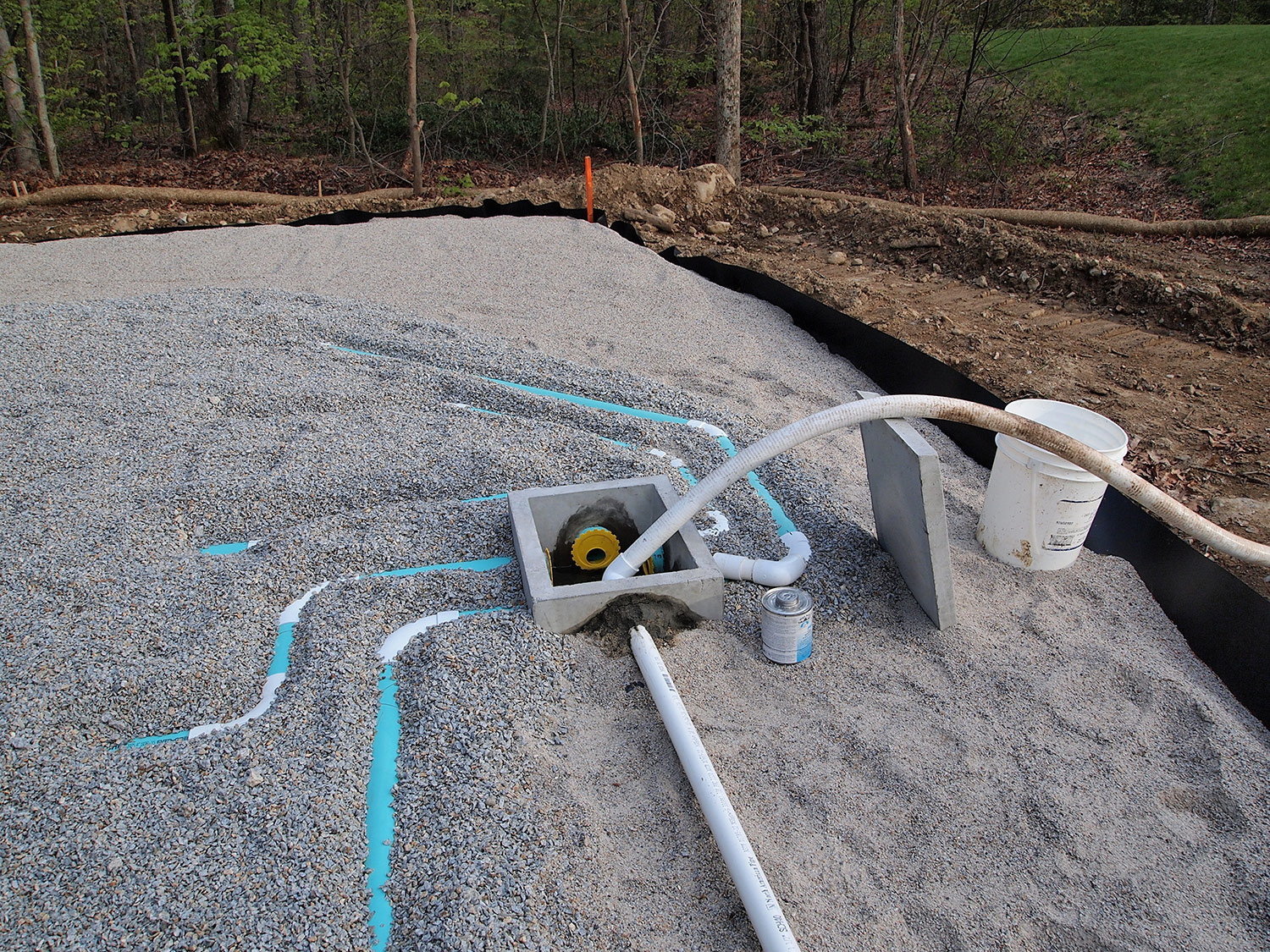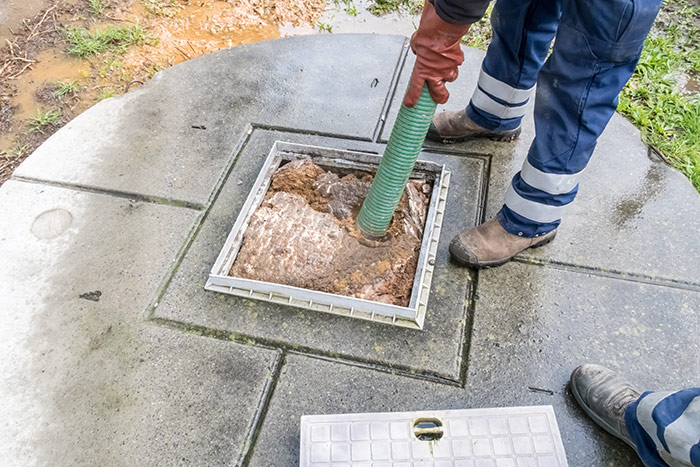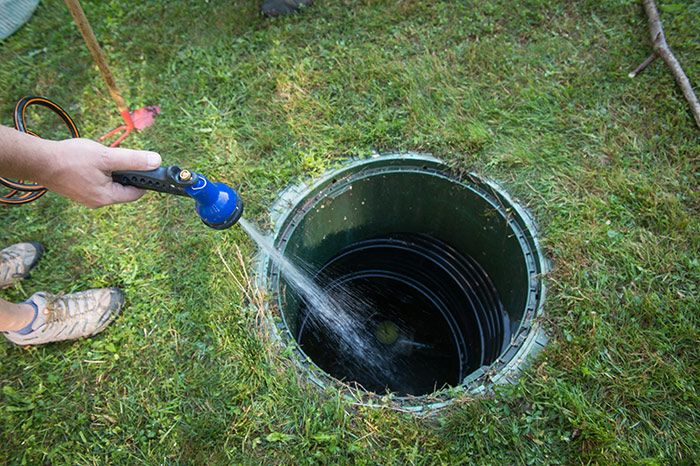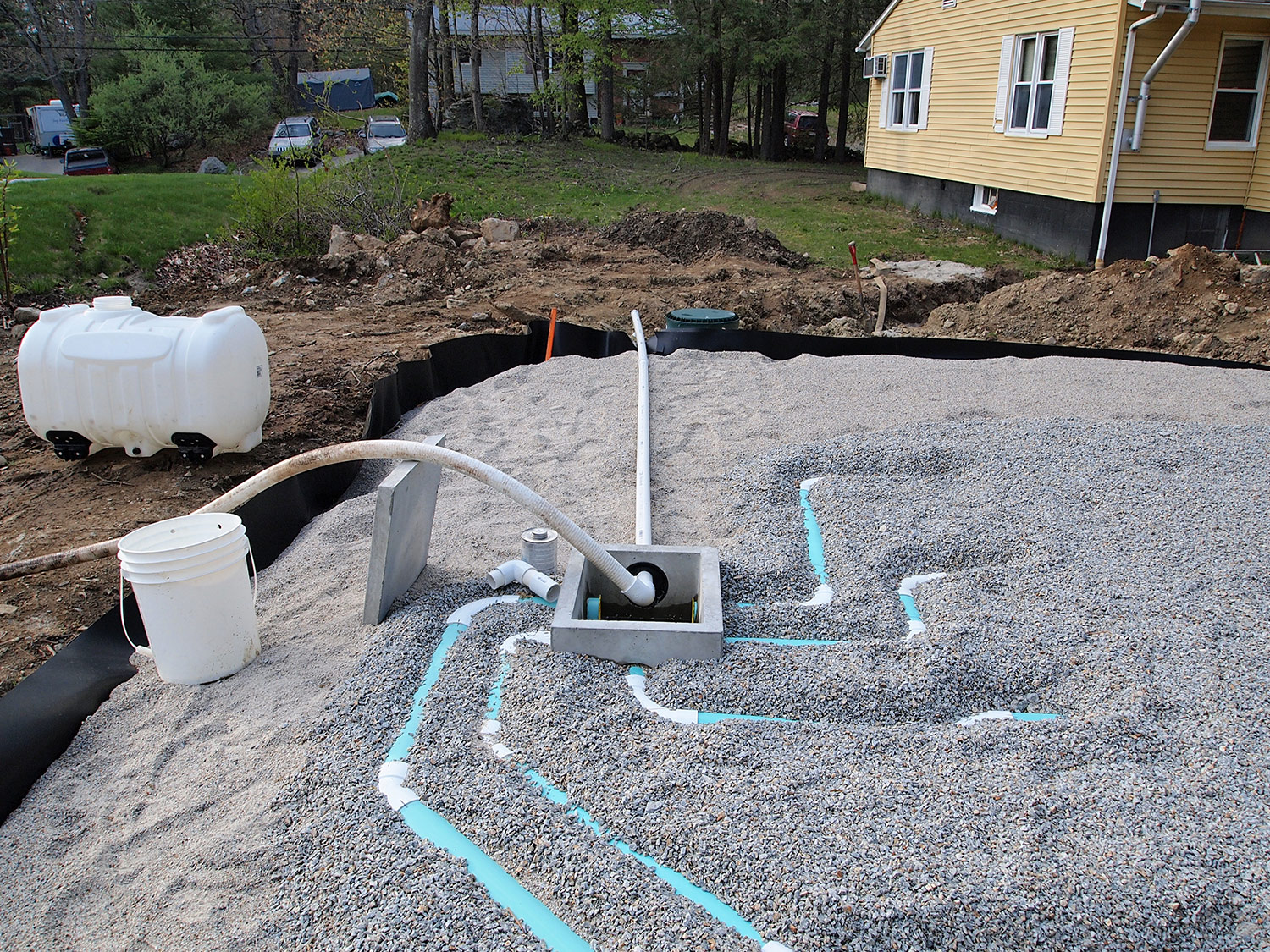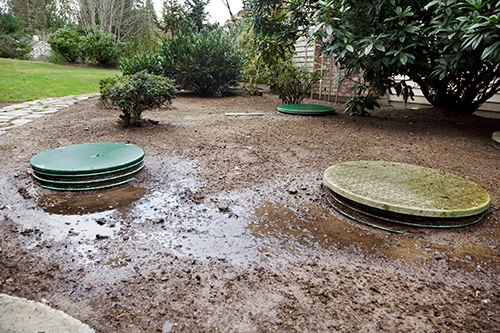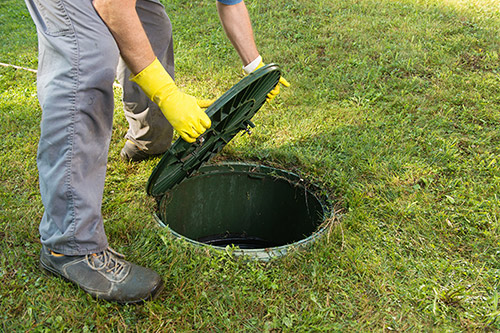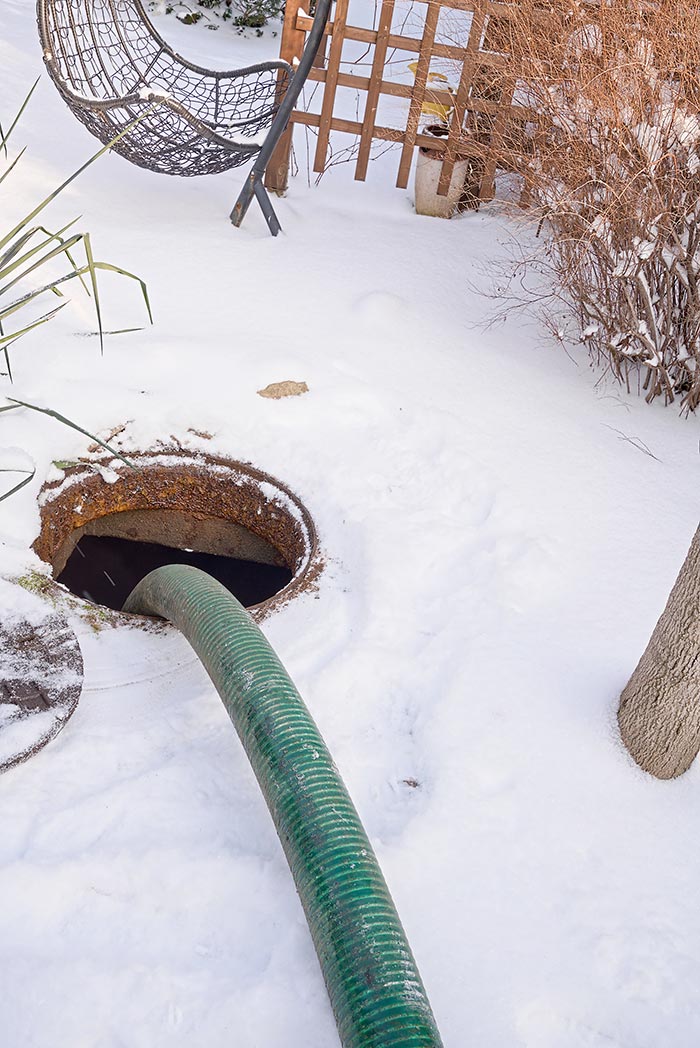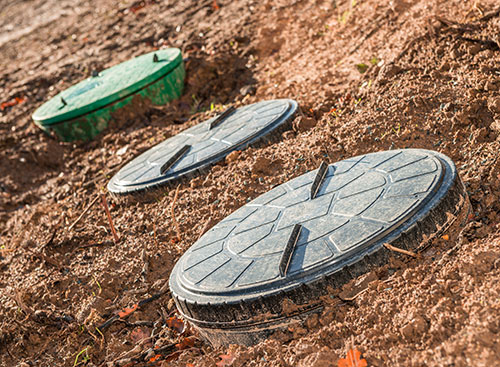
The simplest way to add to your septic tank while remaining connected to existing sewer lines is to simply add an additional septic tank. This gives your home a larger wastewater capacity, and gives your septic system more time to treat the wastewater before draining.
If you're adding a septic tank, first the correct placement needs to be determined, it should be between your current tank and your drain field (sometimes called a septic field line).
The ground for your new septic tank must be excavated using the dimensions of your septic tank as a guide. An excavator will be used to make an adequately sized hole, taking special care around the outlet of the older septic tank.
A 4-inch pipe will be used to connect the two septic tanks. The pipe will be placed into the inlet hole of your new septic tank before it is lowered into the ground. After your new septic tank has been lowered, the other end of the pipe will be inserted into your old septic tank's outlet hole. The pipe should hang over the two tank interiors by around 2 inches.
The hole around your new septic tank is then refilled with soil. The compactness of your soil will be checked using a vibrancy soil compactor.
For more information, contact Morse Engineering and Construction.
Source: Backups
If you are experiencing a high level of plumbing backups, it's a sign that something is wrong with your septic system. It could be something as easy as a tiny repair, or as extensive as a tank replacement. Either way, you need an inspector to figure that out.
If your grass is greener over your septic area than it is in other parts of your yard, it's time to check your septic system. When a septic system begins to fail, it puts more water out into the ground which can enrich your plant life but can be dangerous for people.
If your inspection turns up contaminated well water or irreparable damage to the septic tank itself, you will probably need a new system.
You can make sure your septic system lasts longer by making sure to never flush tampons, paper towels, baby wipes, or really any foreign objects that cannot break down easily in your septic system.
Use a garbage disposal, if you have one, to help break down any food that will clog the pipes. Make sure you never put grease down the sink, as that can clog up the septic tank.
Find a laundry detergent that's safe for septic systems as well.
Small amounts of bleach are okay to have in your septic tank, but never flush medication, anti-freeze or harmful chemicals, as they damage the bacteria in your septic system which creates issues down the road.
If you have a sump pump, make sure that it is not hooked up to the septic system. Sump pumps put too much water into the septic system which can have adverse effects on how it breaks down the waste.
For more information, contact Morse Engineering and Construction.
Source: listwithclever.comHealthy Grass
Results of an Inspection
How to Maintain Your Septic System

